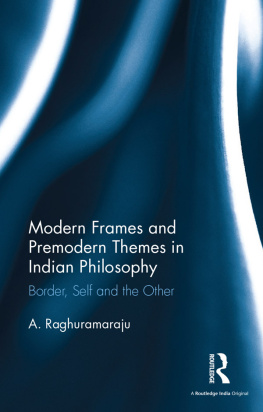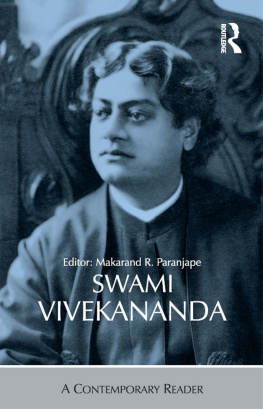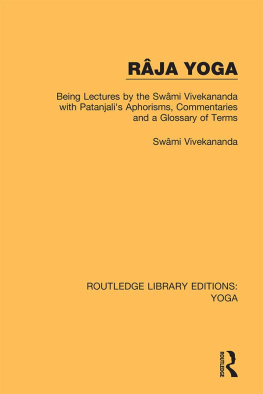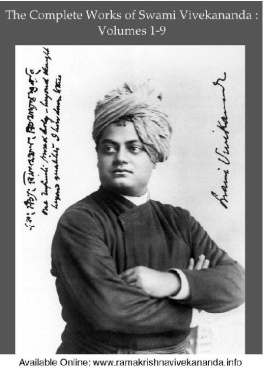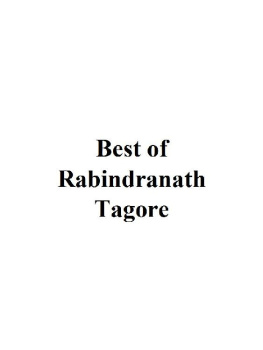First published 2011 in India
by Routledge
912 Tolstoy House, 1517 Tolstoy Marg, Connaught Place New Delhi 110 001
Simultaneously published in the UK
by Routledge
2 Park Square, Milton Park, Abingdon, Oxfordshire OX14 4RN
First issued in paperback 2015
Routledge is an imprint of the Taylor & Francis Group, an informa business
2011 Gangeya Mukherji
Typeset by
Star Compugraphics Private Limited
D156, Second Floor
Sector 7, Noida 201 301
All rights reserved. No part of this book may be reproduced or utilised in any form or by any electronic, mechanical or other means, now known or hereafter invented, including photocopying and recording, or in any information storage and retrieval system without permission in writing from the publishers.
British Library Cataloguing-in-Publication Data
A catalogue record of this book is available from the British Library
ISBN-13: 978-1-138-65989-6 (pbk)
ISBN-13: 978-0-415-67693-9 (hbk)
We live in restive times. In the last decade of the 20th century, sectarian tensions mounted to a level where mass conflict appeared inevitable. Loyalty to narrow identities seemed to have become an acknowledged factor in the life of the nation.
Further, the vulnerability of third world countries became all too apparent as globalisation became the new mantra. Some opposed globalisation on the grounds that national culture would be destroyed while at the same time approving of the logic of the free market. Others rejected globalisation for economic reasons, but did not feel there was a national culture worth cherishing. Cynicism seemed to pervade society. The tendency to devalue the achievements of the late 19th and early 20th centuries, for different reasons, became apparent in Indian social and academic life.
My search for alternative voices took me to the Indian Renaissance, during which the culture and history of the nation were being reinterpreted by individuals living lives of integrity. The abiding contribution of these men and women was to visualise the possibility of a nation emerging through a general aspiration among the diverse cultures of India. In the process of formulating the idea of such a nation, many of them outlined a past that is seen by many critics today as a camouflaged hegemonic idea. The Renaissance personalities under study had claimed, however, not that such a past existed as historical actuality, but that it had existed ideally, as a vision in the minds of enlightened forebears. The validity of critiques of their hegemonic ideas is doubtful, and even the valid concerns of such critics, when applied to the individuals under study, need to be applied without a priori bias. The present exploration of the ideas of Tagore and Vivekananda examines some of the parameters that have served as bases for contemporary critiques of the Indian Renaissance.
Tagore and Vivekananda embodied the search for an ideal community amidst a vortex of conflicting socio-political forces. Many of their forebodings regarding developments in their time anticipated later disasters. Their ideas therefore seem increasingly valid and relevant in the present context. However, much of their prose writing has been misinterpreted and, in the case of Tagore, remains largely unknown outside a select readership, simply because most of these writings are untranslated. I have attempted to study these prose writings within the context of present-day debates, seeking therein the relevance of their alternative idea of India.
I was initiated in this endeavour by Manas Mukul Das. He has been a source of inspiration and support, encouraging me to think without the encumbrances of ideology and academic fashion. Even though it had become almost impossible for him to read because of failing eyesight, he read my writings by his exacting standards. While remaining mercilessly particular about the exactitude of language and the clarity of ideas, he nevertheless urged me gently to go ahead. This work would not have been possible without his guidance and support. I can only attempt to thank him. I remain grateful to Manjulika Das for the warmth and affection of the generous welcome extended to me during my frequent visits to their home.
This book has benefited greatly from the suggestions of Sibesh Chandra Bhattacharya, who heard out my frequent queries patiently, mostly in the form of long-distance phone calls, and provided detailed answers to them. He has been an affectionate, if occasionally irritable, storehouse of ideas for me. I remain grateful to him and to Sumita Bhattacharya.
I am thankful to Amar Singh and Neelum Saran Gour for their kindness and encouragement, to Pabitrakumar Roy, who helped me understand the real face of the TagoreVivekananda relationship and indicated facts that were not easily available elsewhere, and to Dinesh Gupta for being so resourceful with books.
I have benefited from, and been greatly encouraged by, Harish Trivedis critical approval of the earlier draft of this work, and his extremely valuable suggestions. I shall remain grateful for his affection, generosity, guidance and goodwill.
My academic and personal debts to Peter Ronald deSouza have tended to multiply over the last few years. In a sense, this work owes its publication to him. I am grateful for the kindness of his friendship, for his generosity in letting me draw freely upon his ideas, and for his continuous support to my academic career.
I am thankful to the Indian Institute of Advanced Study, Shimla, where I have had the privilege of spending the last two years. Its immensely rich library furnished me with invaluable resources during earlier visits while this work was being written.
Anupam Dayal, Arun Gupta, Girija Shanker, Pankaj Mishra, Rajendra Singh and Surya Narain have been close, supportive friends over these years. I am grateful to them.
I thank the team at Routledge, New Delhi for their faith in this book, their understanding and support during each stage of its publication, and for going through the text and suggesting improvements with meticulous care.
My father has been my teacher in a way. In his own silent way he has demonstrated to me that it is not impossible that human values be honoured and adhered to, even in these disappointing times. My mother, uncomplainingly bearing the travails of glaucoma, has embodied for me the truth that lifes meaning need not exist in physical form only. With their advancing years, their normally undemonstrative affection has manifested itself in an anxiety for my well-being. The dedication to this book refers among other things to my gratitude for the values they have sought to inculcate in me.
I am thankful to Munmun and Jhumali for their concern and support.
Nandini has been ever a source of support and resilience, also uncomplainingly taking upon herself alone all of our household responsibilities notwithstanding her own professional obligations, leaving me free for my academic pursuits.



